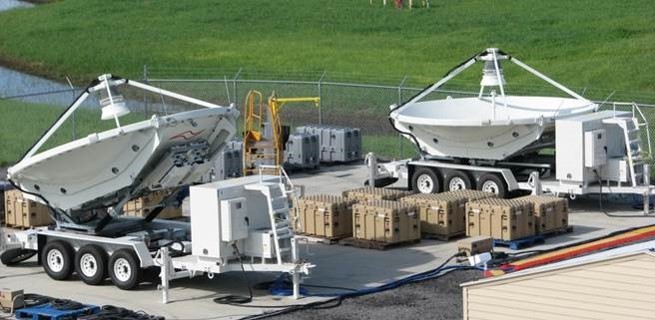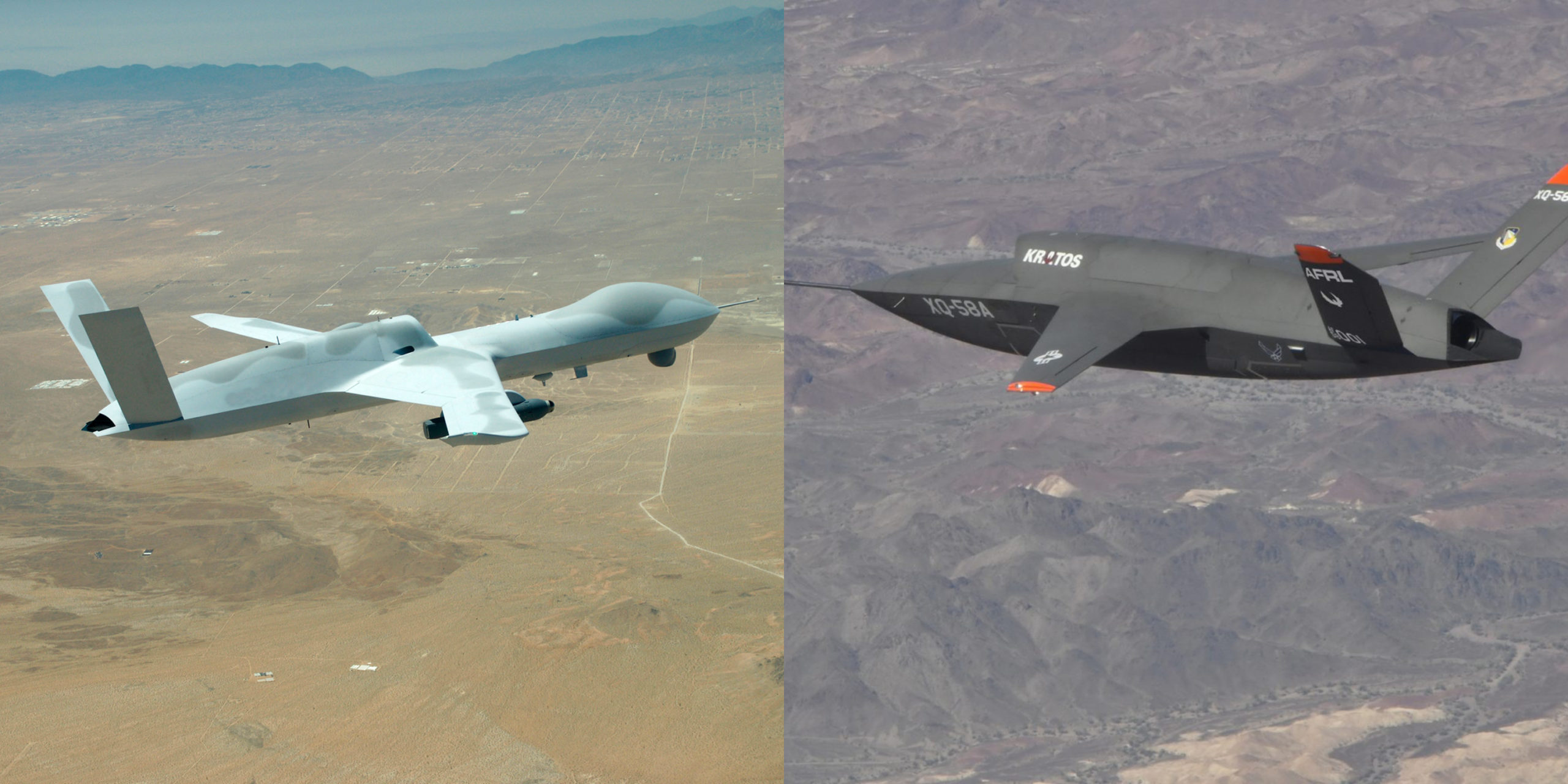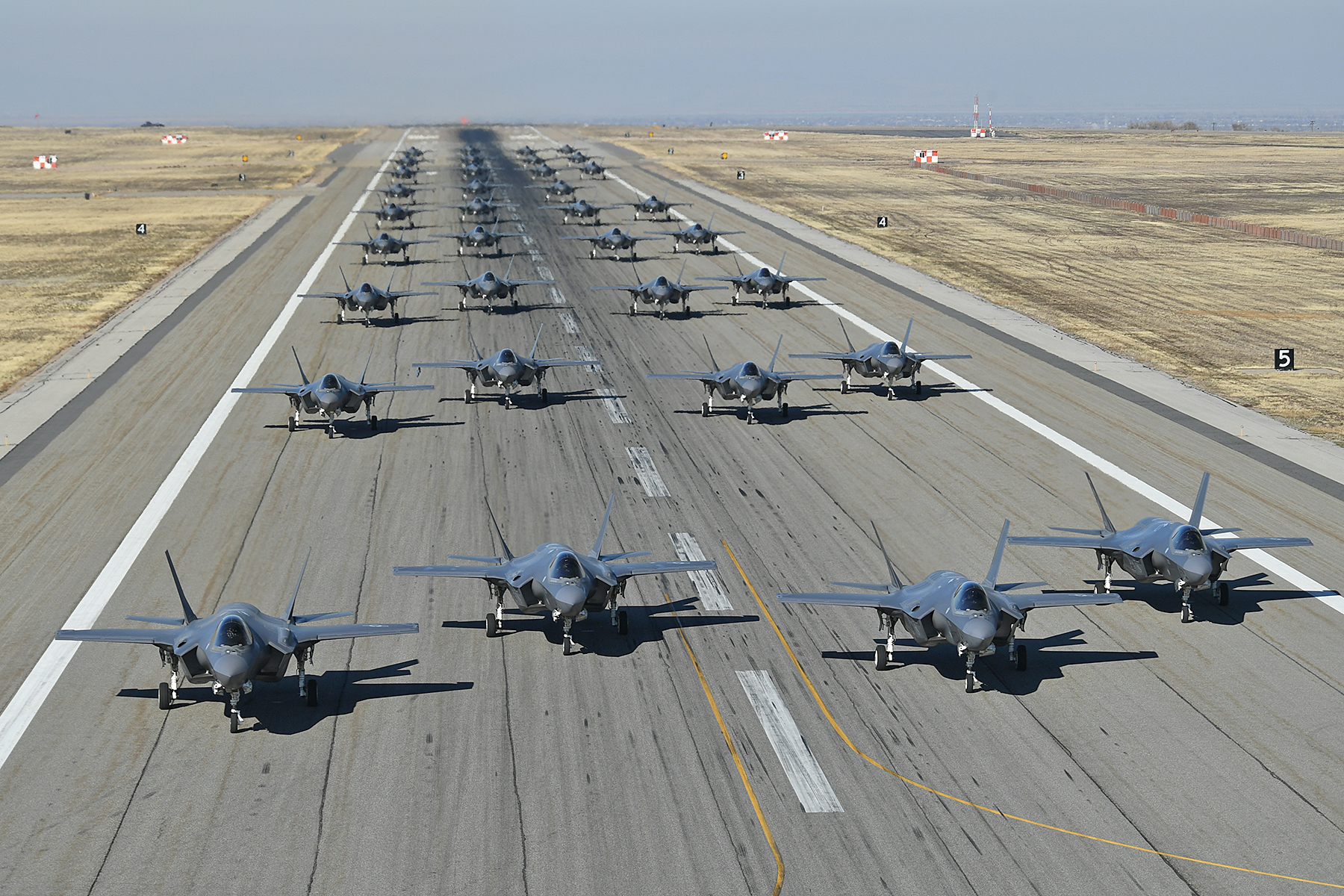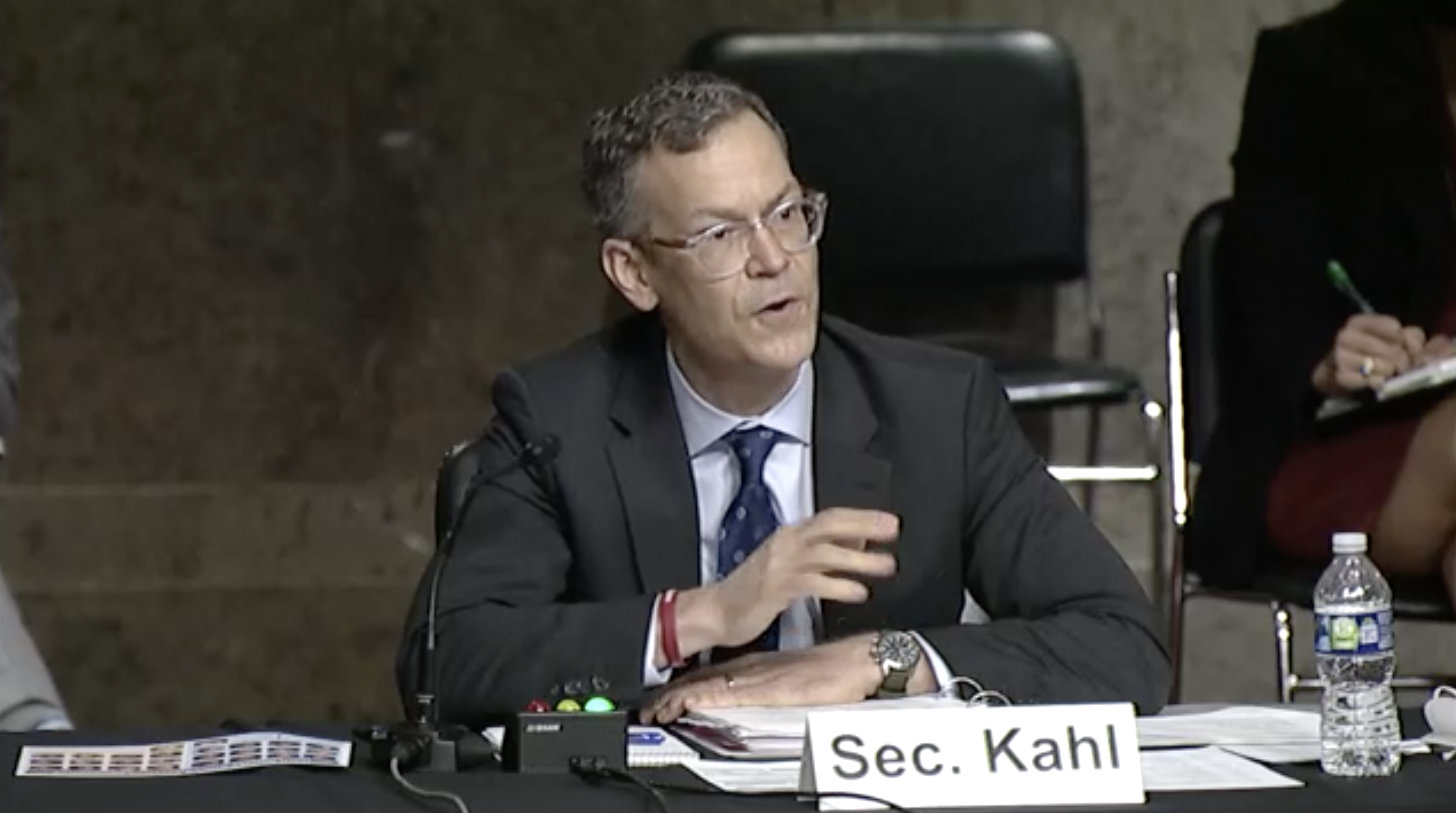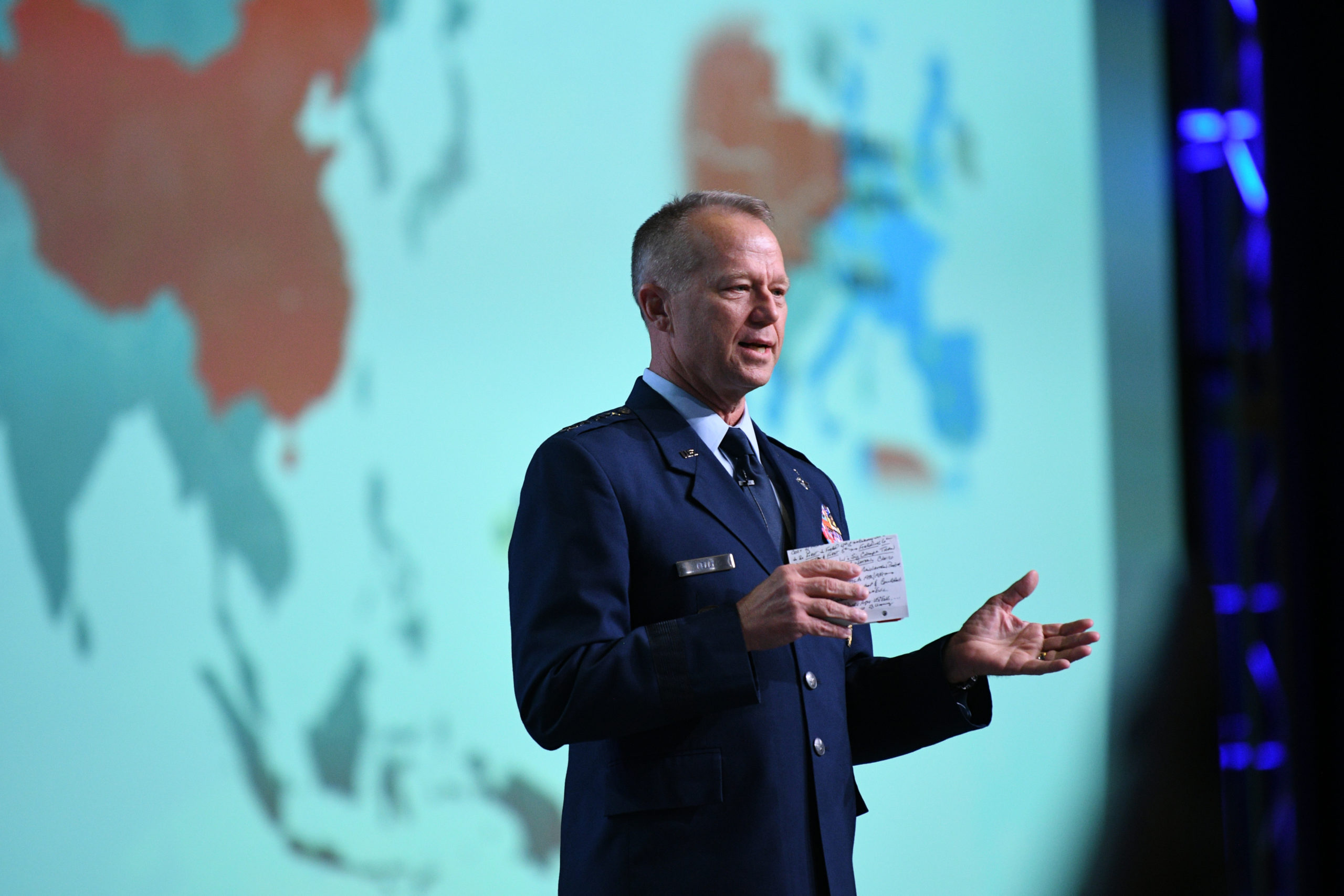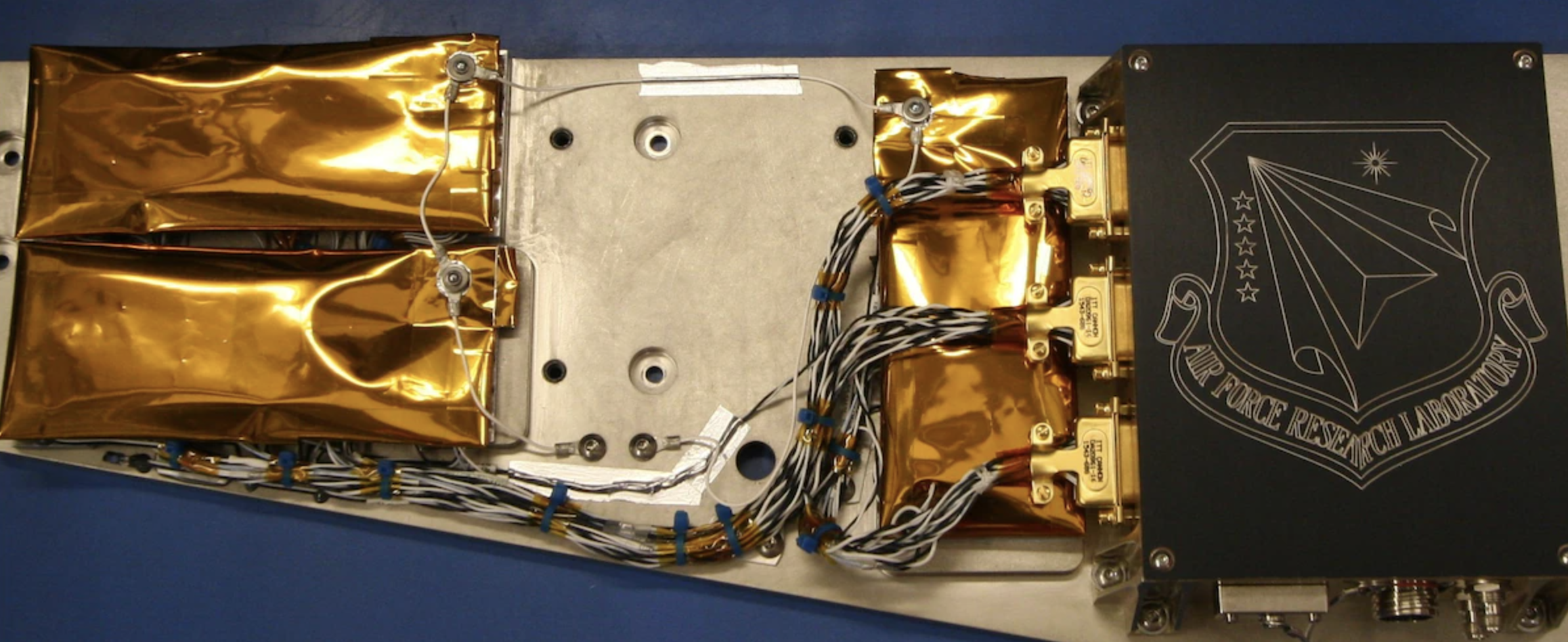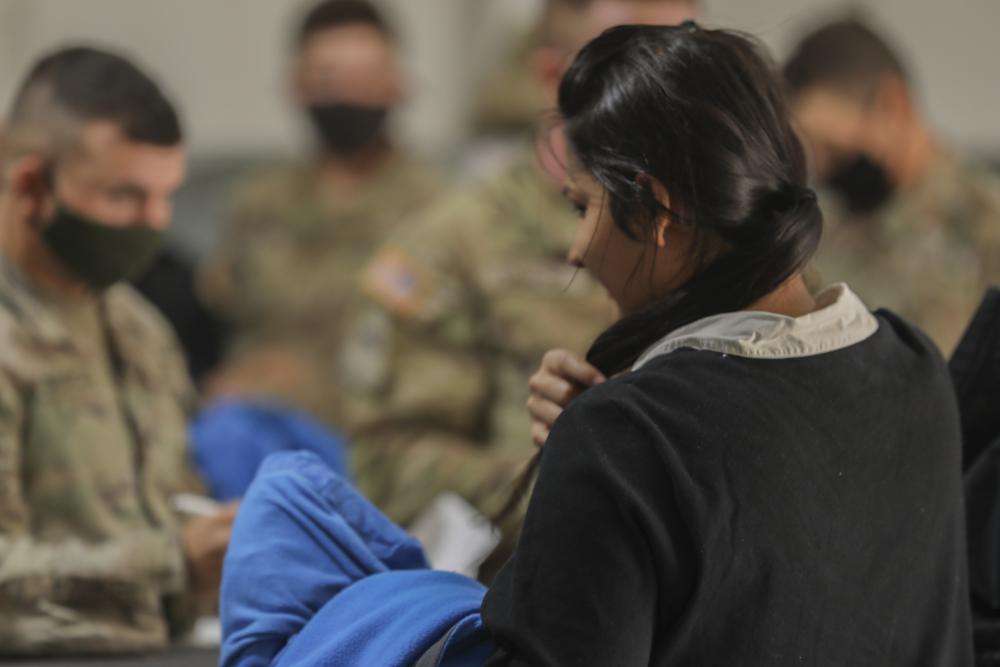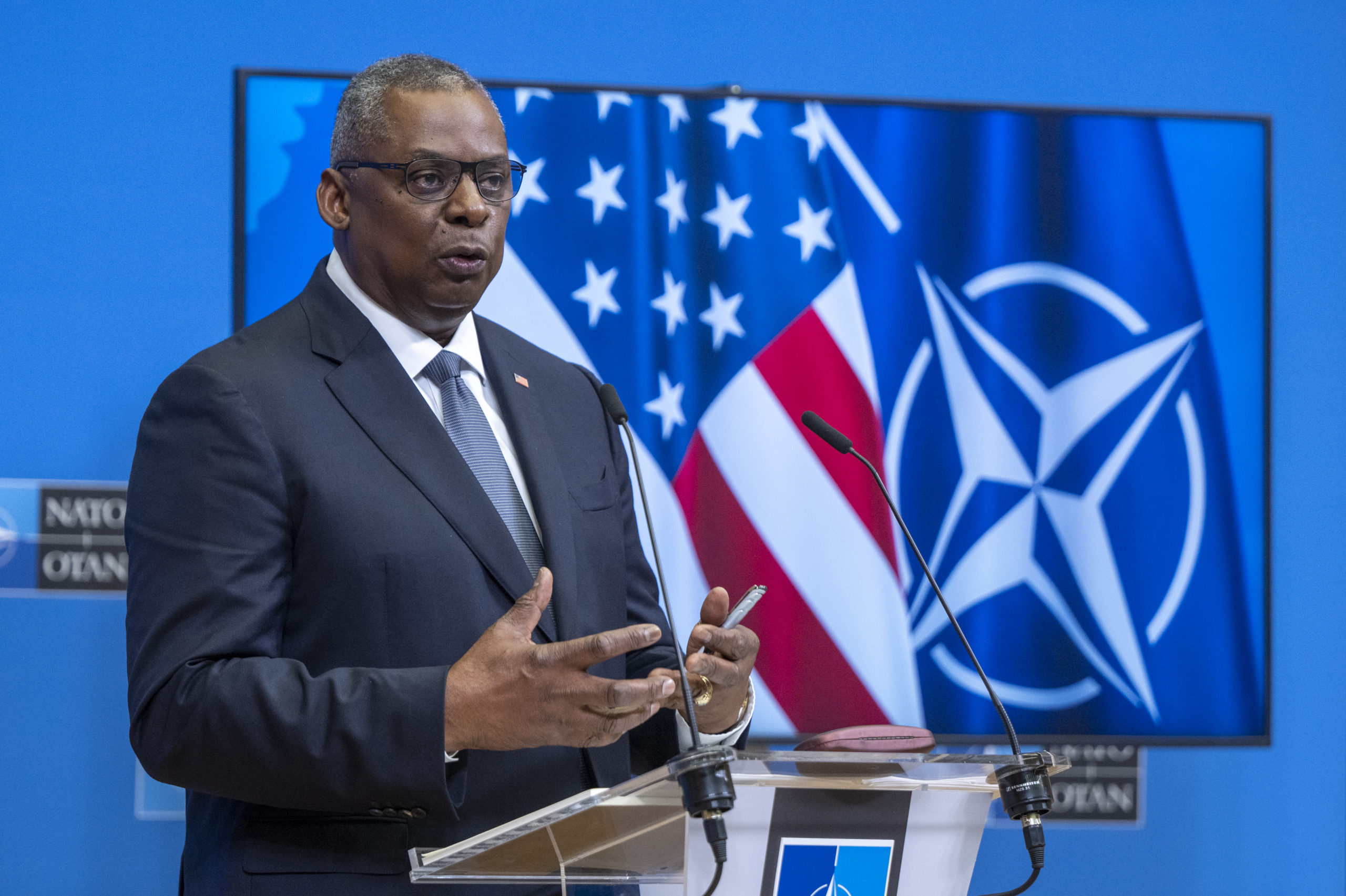Space Systems Command awarded L3Harris Technologies Inc. a $120.8 million contract to develop a “ground-based deployable electronic warfare capability” that can “reversibly deny satellite communications, early warning, and propaganda,” according to an Oct. 22 contract announcement.
Under the contract, L3Harris will upgrade 16 Counter Communications Systems at Peterson Space Force Base, Colo.; Vandenberg Space Force Base, Calif.; Cape Canaveral Space Force Station, Fla.; and classified locations outside the continental United States, according to the announcement.
“CCS is the only offensive system in the United States Space Force arsenal,” said Lt. Col. Steve Brogan, SMC combat systems branch materiel leader in the SMC special programs directorate, in a January 2020 Space Force release. “This upgrade puts the ‘force’ in Space Force and is critical for Space as a warfighting domain.”
Work is slated to be complete by February 2025 and will be performed in Melbourne, Fla.
Vice Chief of Space Operations Gen. David D. Thompson said earlier this year that electronic warfare will remain a priority for the new service. Electromagnetic warfare is one of seven disciplines the Space Force listed as necessary to secure space in its Space Power doctrine released last year.
Of the Space Force’s $10.5 billion research, development, test, and evaluation budget for 2021, $57.2 million funded counterspace programs. It requested another $38.1 million in its 2022 RDT&E budget request.
